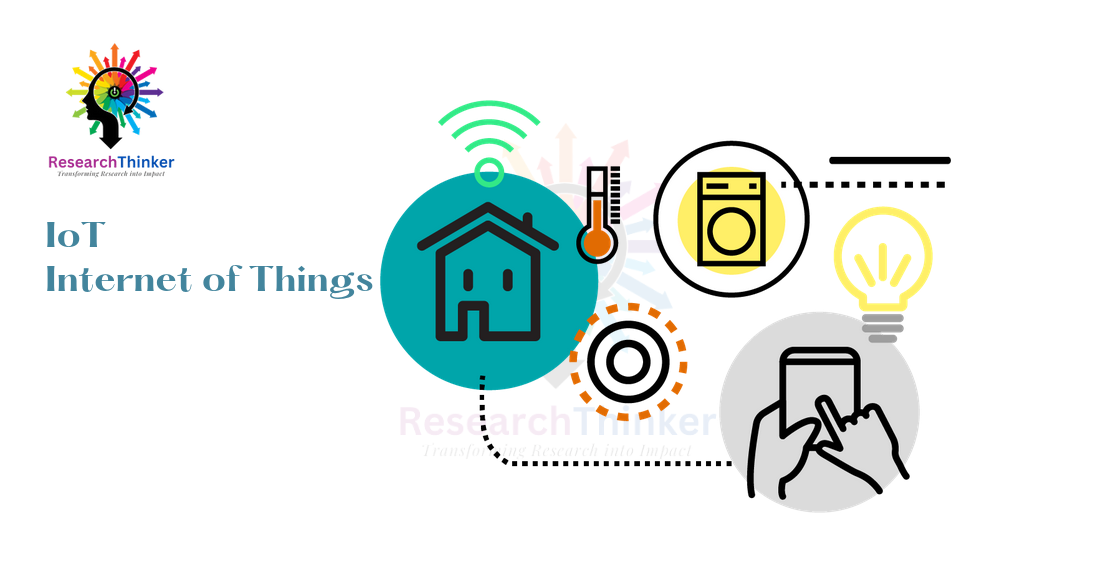These are some strategies to enhance the performance of your IoT mobile app:
1. Optimize Data Transmission: Minimize the amount of data sent between the app and IoT devices. Use efficient data formats, compress data when possible, and employ data batching to reduce network usage and latency.
2. Local Data Storage and Processing: Utilize local data storage on the mobile device to reduce the need for frequent data retrieval from the cloud. Perform data processing and analysis locally whenever possible to improve real-time responsiveness.
3. Implement Caching: Use caching mechanisms to store frequently accessed data on the device.
4. Battery Efficiency: IoT mobile apps can be power-intensive. Implement power-saving features like background task optimization and device sleep mode to minimize battery consumption and prolong device usage.
5. Responsive UI/UX Design: Optimize the user interface (UI) and user experience (UX) to ensure a smooth and intuitive app interaction.
6. Network Error Handling: Implement effective error handling mechanisms to manage network disruptions and connectivity issues gracefully. Provide informative error messages to guide users in case of connection problems.
7. Use Push Notifications Wisely: Utilize push notifications judiciously. Too many notifications can overwhelm users and impact app performance. Offer users the option to customize notification preferences.
8. Minimize Third-Party Libraries: Limit the use of third-party libraries to only essential ones. Each library adds to the app’s size and can affect loading times and performance.
9. Regular Updates: Keep the app up-to-date with bug fixes, performance enhancements, and feature updates. Continuously monitor app performance and user feedback to identify areas for improvement.
10. Security Measures: Prioritize data security and implement robust encryption and authentication protocols to safeguard sensitive data transmitted between the app and IoT devices.
11. User Testing: Conduct thorough user testing to identify performance issues and usability concerns. Gather feedback from real users to gain insights into areas for improvement.
12. Cloud Scalability: If the app relies on cloud services, ensure that the cloud infrastructure is scalable to handle the increasing number of connected devices and data processing requirements.



